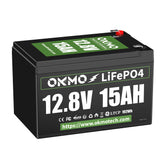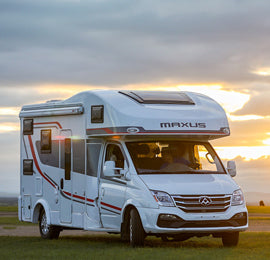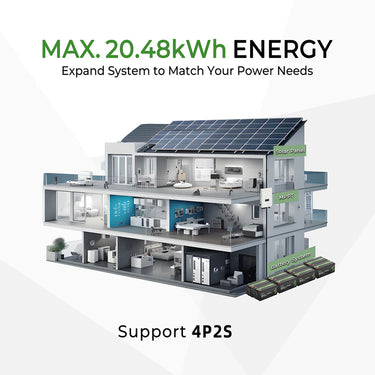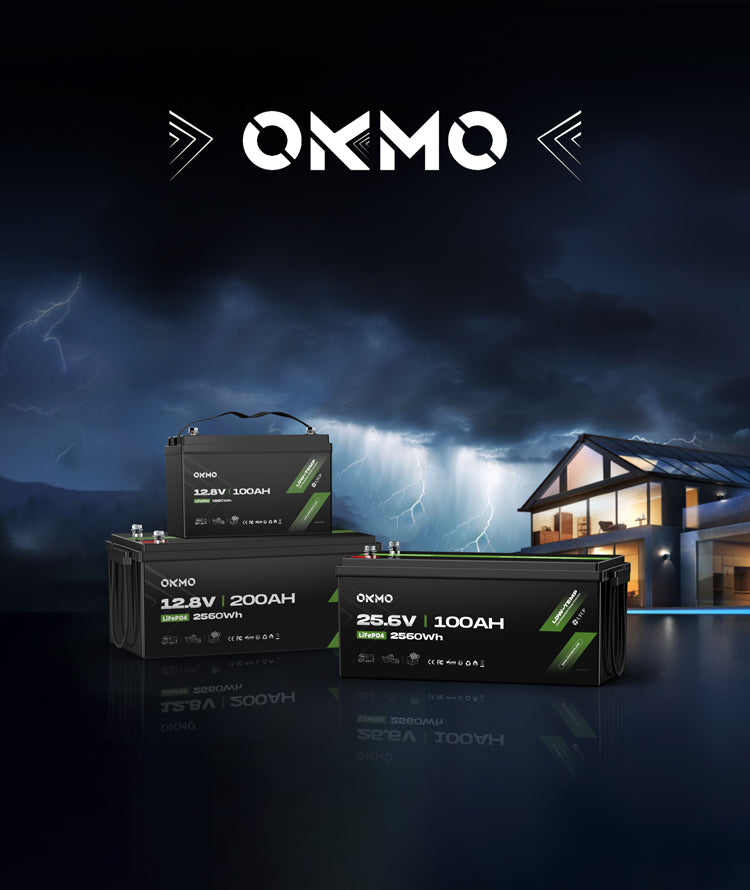How to Choose the Semi Truck Batteries ?
 At 3 a.m. on Interstate 80 in Nevada, my Kenworth T680 gasped through a blizzard. The sudden flicker of red light on the dashboard made my heart stop—damned batteries again! Memories of a nightmare ten years ago in Minnesota still haunt me, when lead-acid batteries failed instantly in -30°C cold. Now, as I lift the battery compartment cover, those deep green LiFePO4 batteries steadily deliver 4000A cold cranking amps (CCA) through the snowstorm. I know I’ve finally chosen the right "heart."
At 3 a.m. on Interstate 80 in Nevada, my Kenworth T680 gasped through a blizzard. The sudden flicker of red light on the dashboard made my heart stop—damned batteries again! Memories of a nightmare ten years ago in Minnesota still haunt me, when lead-acid batteries failed instantly in -30°C cold. Now, as I lift the battery compartment cover, those deep green LiFePO4 batteries steadily deliver 4000A cold cranking amps (CCA) through the snowstorm. I know I’ve finally chosen the right "heart."
I. The Agony of a Semi-Truck’s "Lifeline"
When 18 wheels carry 45 tons of cargo across the North American continent, the battery system endures hellish trials:
-
Extreme temperature torture: From Arizona’s 50°C ground heat to Alaska’s -40°C frost
-
Vibration impact: 300,000 km of bumpy roads per year equals millions of phone drops
-
Deep cycling demand: Refrigerated trailer compressors consume 4kWh every 8 hours
Every seasoned driver knows that choosing the wrong battery can mean:
“On the plains of Wyoming, a dead battery is deadlier than a wolf pack”
— a proverb echoing through truck stops, capturing the law of survival
 II. The Seven Deadly Sins of Lead-Acid Batteries
II. The Seven Deadly Sins of Lead-Acid Batteries
-
Cold-weather traitor: Capacity plummets 60% at -20°C; CCA gasps like a dying man
-
Short-lived ghost: Barely lasts 2 years under frequent deep discharge (300-cycle limit)
-
Weight penalty: Four 12V batteries weigh 200kg, wasting 1,800 liters of diesel yearly
-
Maintenance trap: Monthly electrolyte checks; acid leaks corrode the chassis
-
Sloth-speed charging: 8 hours for 70% recharge, causing costly departure delays
-
Safety nightmare: Vibration dislodges plates; heat triggers hydrogen explosions
-
Capacity fraud: Labeled 1000CCA, but decays 40% after 500 starts
III. The Steel Resilience of LiFePO4
When I replaced lead-acid with OKMO’s 12V 280Ah LiFePO4 battery pack, transformation followed:
▶ Stability Tempered in Ice and Fire
-
-30°C cold starts: Retains 90% capacity; ignites instantly in Alaskan nights
-
Heat immunity: Zero thermal runaway risk at 60°C (runaway threshold >250°C)
-
Vibration conqueror: Honeycomb crystal structure withstands 3× more shock than lead-acid
▶ Cost Killer per Million Miles
| Cost Factor | Lead-Acid | LiFePO4 |
|---|---|---|
| Unit Price | $800 | $2500 |
| Service Life | 2 yrs/300k km | 10 yrs/1.5M km |
| Total Material Cost | $4000 | $2500 |
| Weight Savings* | $0 | $5400 |
| Total Cost | $4000 | -$2900 |
| *Calculated over 10 years; *savings based on 300L diesel/year per 100kg ($3/L)* |
▶ Lightning Recharge Specialist
-
100% charge in 1.5 hours—refuel during lunch breaks
-
5000 deep cycles (100% DoD), outlasting lead-acid by 6×
-
Zero maintenance, saving 2 hours monthly ($600/year in labor)
 IV. An Old Trucker’s Ironclad Rules
IV. An Old Trucker’s Ironclad Rules
After replacing three LiFePO4 sets, I’ve learned in blood and tears:
-
Cell pedigree: Insist on EV-grade A-cells (CATL/BYD/OKMO; >6000 cycles)
-
Armored protection: IP67 rating + aerospace aluminum casing (1-ton crush resistance)
-
Smart BMS: Must include:
-
Millisecond-level overcharge/discharge cutoff
-
-40°C~85°C temperature protection
-
<20mV cell balancing precision
-
-
Cold-cranking supremacy: CCA must exceed engine needs by 120% (e.g., 1800CCA for Cummins X15)
 V. Redemption in the Snowstorm
V. Redemption in the Snowstorm
Last January, trapped in a Yellowstone blizzard at -35°C, I idled for heat. As trucks with lead-acid batteries died around me, my LiFePO4 pack powered on for 36 hours—still at 70% when rescue came. The sheriff stared at my humming cab and muttered: “This rig’s a nuclear power plant on wheels!”
As dawn tore through the darkness, I smiled at the frost on the battery cover. Over a million miles, LiFePO4 has become more than chemistry—it’s a steel-clad comrade guarding my livelihood. Its decade-steady heartbeat whispers this truth: On a trucker’s road, the wisest investment isn’t chrome-plated glamour, but the undying light that never fades in the dark.









